You’ve got the mindset. The drive. The determination.
And yet? You’re still fighting niggles and discomfort when you’re out on the pavement.
If you’ve ever experienced persistent aches, pains, or that nagging feeling that running shouldn’t feel quite this hard, the answer may not be in your expensive carbon shoes – it could be in your form.
Running isn’t just about putting one foot in front of the other. It’s a whole-body skill. But many of us develop unconscious habits that can often lead to inefficiency and injury. Mastering proper running form is the single fastest way to tap into your potential.
While everyone has a unique running style, there are some general guidelines that all runners should follow. Here are four simple ways to improve your running form, so you can boost your performance, reduce injury risk, and get more from every stride – and every session.
Fix your head position
The single most consequential element in your entire running form is actually surprisingly simple: the position of your head.
Your head is heavy. And where it sits dictates the alignment of everything below it.
If you have a tendency towards a ‘forward head posture’ (read: sticking your chin out), your body will be forced to compensate. This strain travels down and puts unnecessary load on your shoulders, back, hips, and, ultimately, your knees and ankles.
The fix? Run tall. Think of a string lightly pulling you up from the crown of your head, aligning your ears over your shoulders. This small shift allows your spine to stack effortlessly, reducing muscle tension and improving your body’s ability to absorb shock.
Address asymmetry
Running should be a total body ‘job share’, where all parts contribute equally. When one area is stiff or weak, another is forced to over-correct. The result? Asymmetry.
This imbalance is often subtle and can stem from old injuries (like a forgotten ankle sprain or even a childhood surgery) that might have left an ‘imprint’ – an unconscious pattern where one side moves differently from the other. This lack of unity can be a huge drain on your energy and become a major source of pain.
If you suspect this might be the case, simply start observing your body.
Do you always feel a stretch on one side of your hip?
Does one arm swing wider?
Does your right foot roll outwards when it lands?
By noticing any imbalances, you can start the process of correcting them. This holistic approach is essential if you want to perfect proper running form.
Ultimately, the aim is to feel relaxed and fluid through both your left and right sides. Because when the whole body participates, movement becomes efficient, effortless, and easy.
Watch out for external loads
What you carry in your hand might seem insignificant. But consistent external loads are often a hidden source of rotational imbalances and one of the most common running mistakes.
Running with your phone, water bottle, or a small bag in the same hand creates an unconscious rotational pattern. Your body attempts to counteract this load, twisting your core and destabilising your arm swing.
To create the natural, symmetrical movement your body craves, consider going hands-free. Use a running belt, vest, or pocket in your running shorts or leggings to carry your items centrally and close to your core.
And if you have to carry something, remember to switch hands every few minutes to balance the load and prevent long-term asymmetrical strain.
Shorten your stride, quicken your cadence
To fundamentally improve your running form and reduce ground impact, your lower body mechanics – cadence (step rate) and foot strike – are key.
A common mistake is reaching too far forward with your foot, causing it to land in front of your knee. This acts like a braking mechanism, slowing you down and generating high-impact force that can stress your joints and undermine your running efficiency.
Try to follow the ‘180 rule’. Instead of focusing on where your foot lands, think about quickening your steps. Aim for a cadence (steps per minute) of 170–180 or more.
A higher cadence naturally forces your foot to land closer to or beneath your centre of mass, resulting in a lighter, mid-foot strike and minimising the negative impact associated with over-striding.
We recommend using a wearable to track your current steps per minute. Ultimately, you should feel like you're ‘lifting your feet’ quickly off the ground rather than aggressively pushing or reaching forward.
Ready to hit your next PB with less effort and zero aches? Download URUNN now and get your hyper-personalised training plan today.

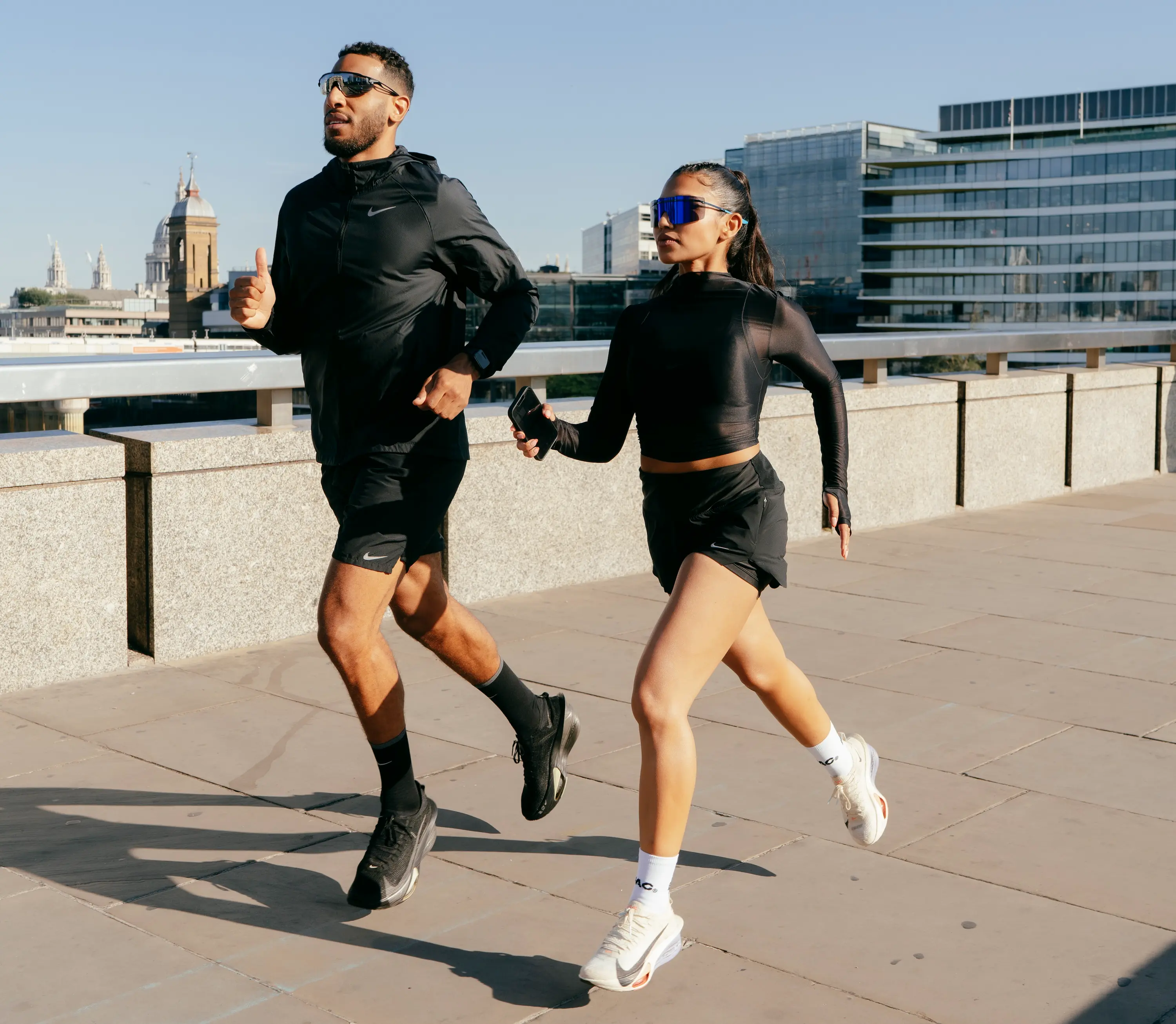
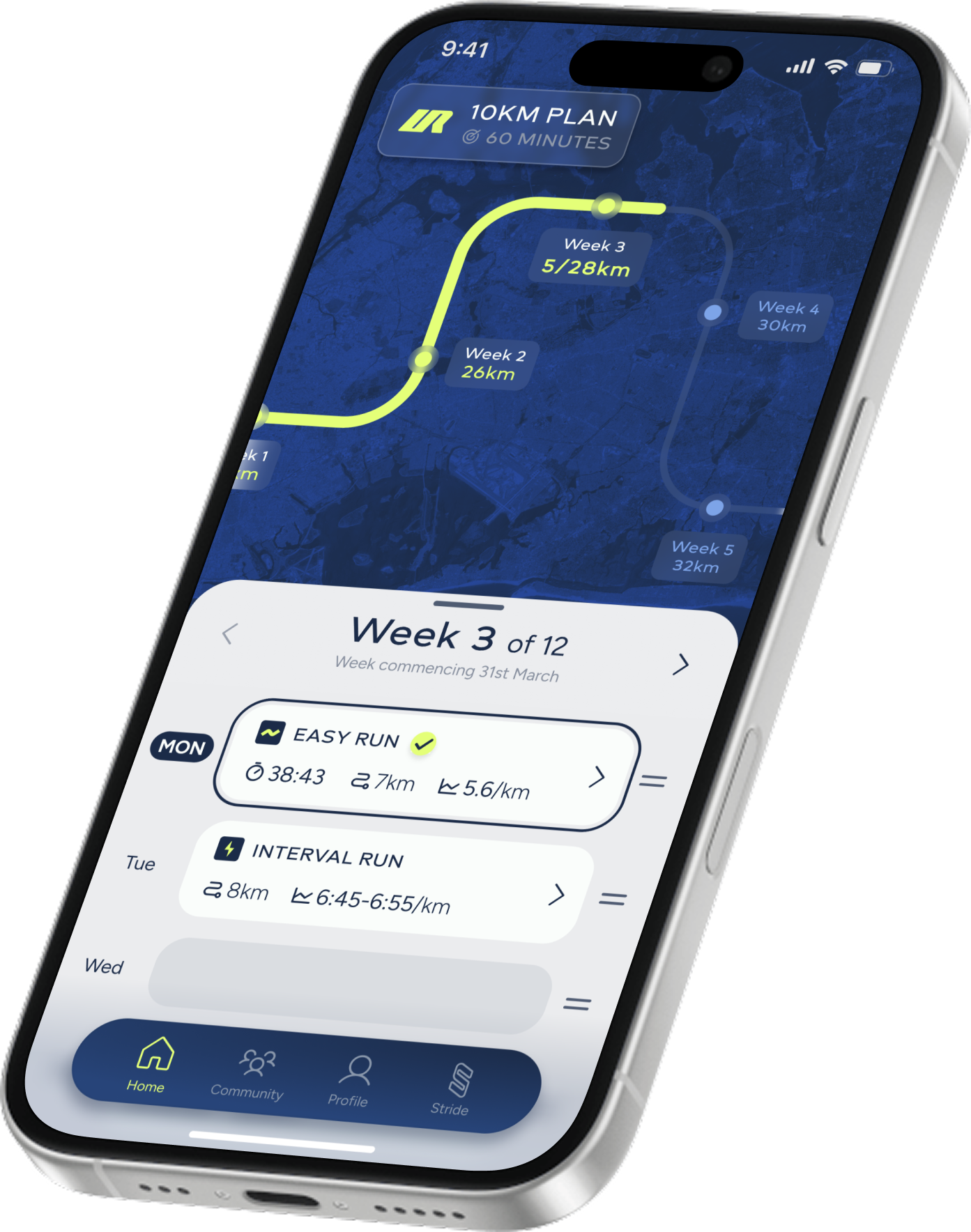

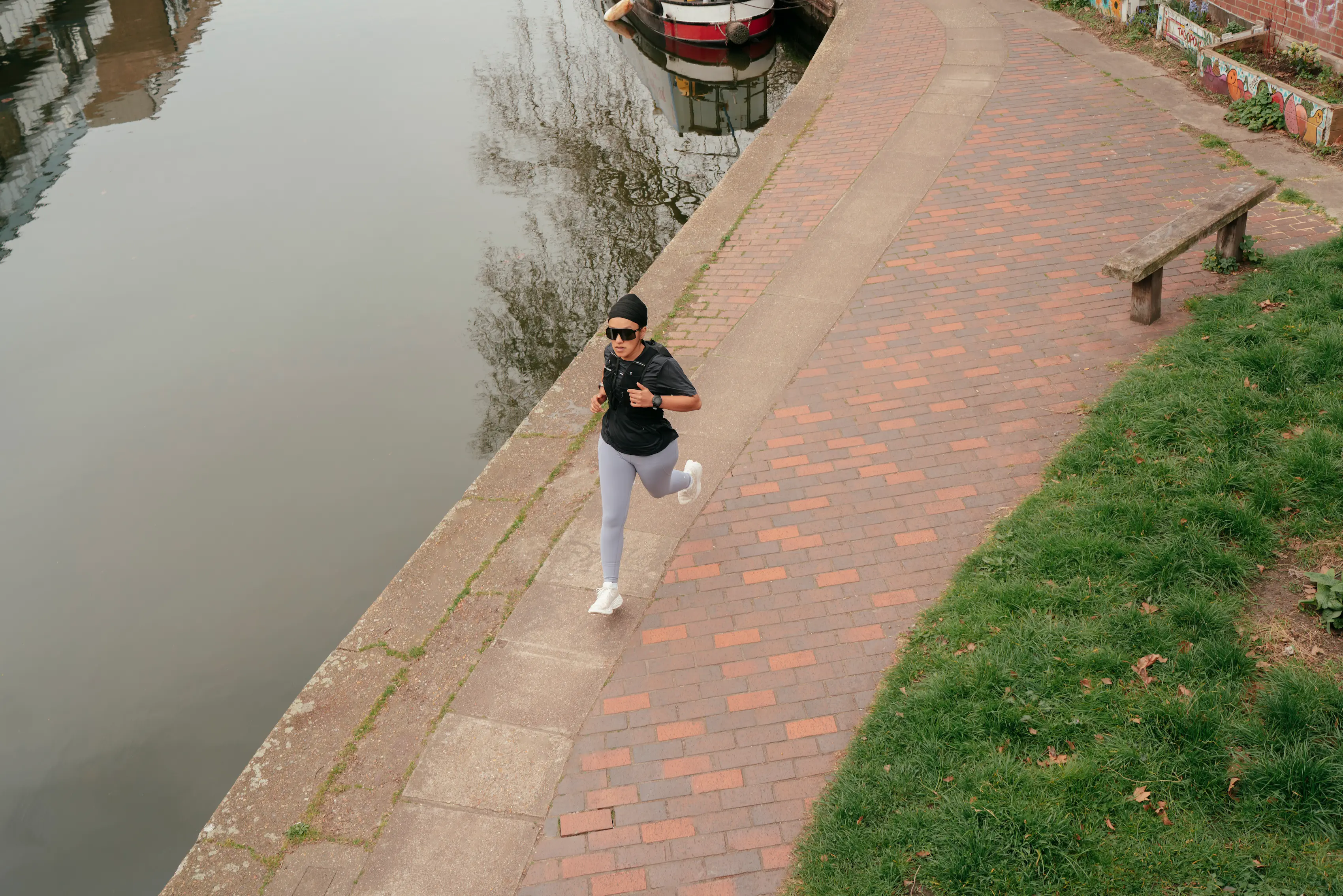
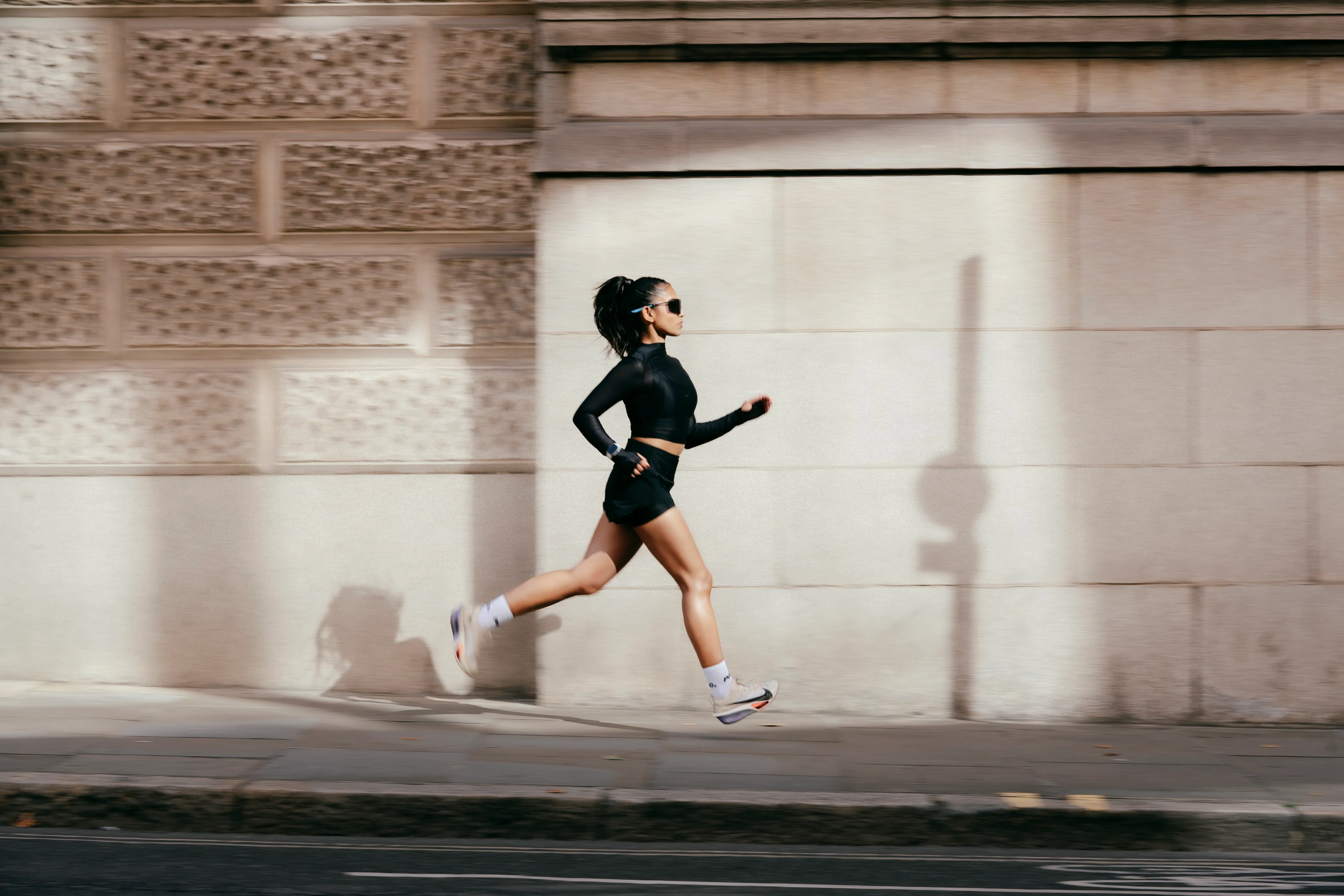
.webp)
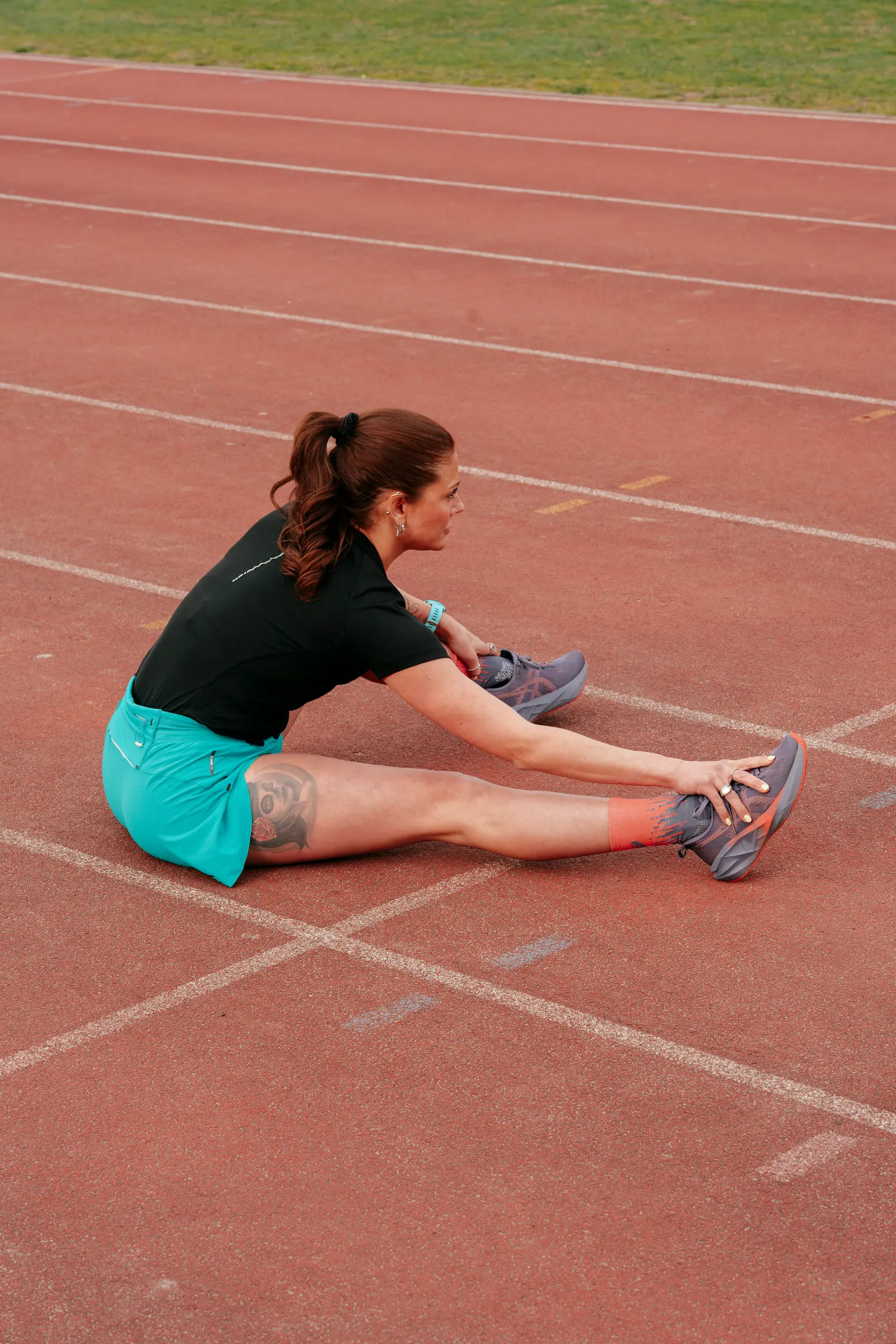
.webp)
.webp)
.webp)
